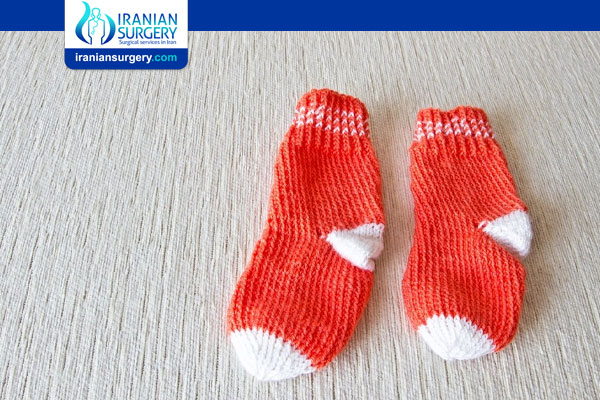Single vs. multiple embryo transfer: Which is right for you?
Single vs. multiple embryo transfer: Which is right for you?
Once the in vitro fertilization process has produced successful embryos, it’s not uncommon for couples to want to transfer more than one at a time with the hope of increasing their odds of a successful pregnancy.
But there are risks and benefits to each approach.
We’d like each of our patients to be informed about their options so that together, we can determine the right approach for you.
For women under the age of 38, the transfer of just one embryo at a time is the safest choice.
Though it may seem logical that transferring two embryos would double your odds of getting pregnant, this isn’t actually the case!
Transferring multiple embryos at once only modestly increases the odds of pregnancy, not doubles it.
Where the real risk of a multiple embryo transfer comes into play is with the likelihood of having twins, triplets, or greater.
With a single embryo transfer, the multiple birth risk is 1 to 2%. Your single embryo would need to spontaneously divide in the womb to create identical twins or triplets.
But when you transfer multiple embryos at once, the likelihood of a multiple birth jumps to 35-40%, which can include triplets! For most patients, this dramatic increase in risk just isn’t worth the only modest increase in odds of a pregnancy.
There are many health risks associated with multiples, including premature birth and low birth weight.
Babies born preterm have a greater chance of medical and neurological problems. Some of these problems may be lifelong. These problems can place a greater financial and emotional burden on the family.
Even if your babies are born full-term and healthy, there’s a very real financial cost associated with having multiples. Many couples just aren’t prepared to double or triple their cost of raising their families once their children are born.
Our goal is to help you deliver a healthy baby. By transferring a single embryo at a time, we’re putting the health and safety of the mother and baby first.
Therefore, we typically recommend single embryo transfers to our patients.
This also aligns with guidance from the Society for Assisted Reproductive Medicine (SART) and the American Society for Reproductive Medicine (ASRM), which both recommend single embryo transfers for most patients.
The obvious downside of this approach is that it may take more time and more transfers to get pregnant.
It’s a simple numbers game. If your first single embryo transfer doesn’t result in a pregnancy, we’ll need to perform another transfer.
How does this impact the cost of your treatment?
Not as much as you might think. The biggest costs associated with IVF are actually the initial egg harvest and the work in the IVF laboratory to make the embryos. The cost of the frozen embryo transfer, by contrast, is far less costly.
So when does it make sense to transfer multiple embryos at a time?
Age of the mother typically plays a key role in this decision.
For women older than age 38, we typically recommend a multiple embryo transfer because older women face a lower success rate with IVF overall. Meanwhile, their likelihood of a multiple birth is also lower.
Older women with a good egg supply may opt to genetically test (PGT) their embryos to ensure they’re healthy. This allows them to transfer a single embryo without increasing their risk of a multiple birth.
With a multiple embryo transfer, you’re more likely to get just that -- multiples.
But with a single embryo transfer, you’re more likely to have a healthy pregnancy, even if it takes a little more time to get there.
Undergoing IVF and having a family are major decisions, which is why it’s so important to discuss these matters with our team. We can go over in great detail the risks and benefits of the IVF process, considering your medical and financial situation, and help determine the ideal option for you.
Our goal is to give you the information you need to make confident decisions about your fertility treatment options.
About Iranian Surgery
Iranian surgery is an online medical tourism platform where you can find the best gynaecologists and obstetricians in Iran. The price of an Infertility treatment in Iran can vary according to each individual’s case and will be determined based on in-person assessment with the doctor.
For more information about the cost of IVF in Iran and to schedule an appointment in advance, you can contact Iranian Surgery consultants via WhatsApp number 0098 901 929 0946. This service is completely free.
Source:
. https://www.embryo.net/blog/single-vs-multiple-embryo-transfer-which-is-right-for-you


